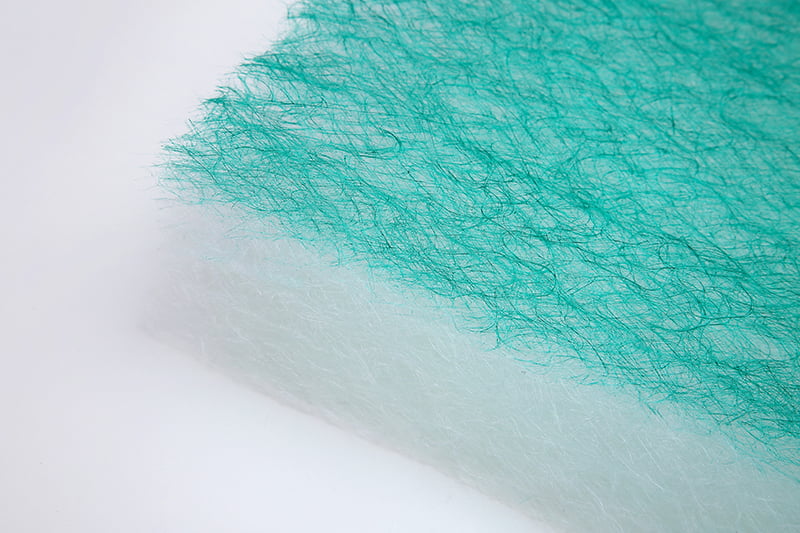18Gram Fiberglass Paint Arrestor Pads
Couldn't load pickup availability
Description
The 18G fiberglass paint arrestor pad employs a graded-density filtration architecture, leveraging coarse fibers and a loose-weave construction to form a proprietary depth media retention matrix.As a high – performance air filtration product, it is specifically designed to be compatible with both cross – draft and downdraft paint spray exhaust treatment systems.This advanced filtration technology ensures efficient capture of overspray particulates during the coating process, while simultaneously maintaining clean airflow dynamics within the paint booth environment to support ISO-standard finishing operations.
Features
Features
- Moisture and humidity resistant
- progressive-density filterBest for
- Waterbome paint
- Pro grade economical paint arrestor
- Complies with EPA/NESHAP Standard 40 CFR Part 63
Specification
Specification
|
Recommended Replacement Rate |
3 Months |
|---|---|
|
U.S. Efficiency |
99.53% (15Gram) |
|
Shipping |
Ship within 24 hours |
|
Market |
Commercial, Industrial |
|
Application |
Automotive and industrial paint booths, |
|
Characteistics |
Fiberglass (Include 15G,18G,22G),Cut pads/bulk rolls,Progressively dense,No frame(Could add the wire holding grids to support),Custom size |
|
Filtered Contaminants |
- |
|
Media |
Fiberglass(Include 15Gram,18Gram,22Gram) |
|
Wire frame |
No support |
|
Actual Size |
19.6x19.6x2.5 |
|
Nominal Size |
20x20x2.5 |
|
Manufacturer |
AUC Filter Inc |








